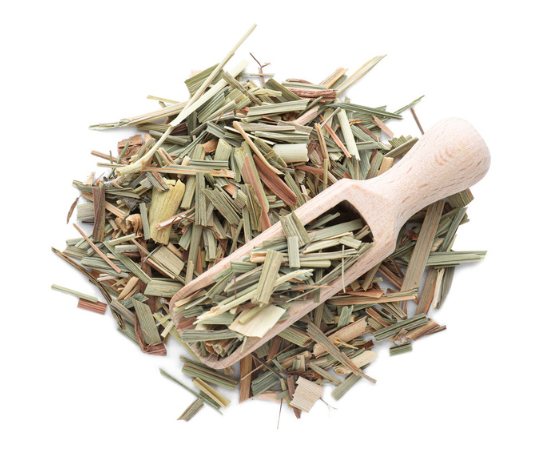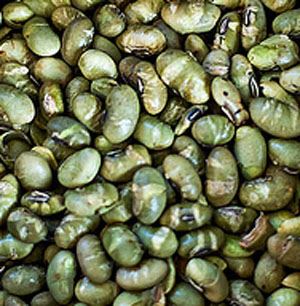Description
For soups, stews or gravies. Season with curry or other spices; serve with other vegetables or rice. Delicious sprouted and in salads or sauteed.
The bushy, annual lentil plant is a member of the legume family, growing about 16 inches tall with seed-producing pods. The dried seeds stored within those pods are the lentils themselves. After their dull-colored seed coat is removed, these vibrant, low-maintenance pearls are revealed to provide fast, easy cooking and quality nutrient supply.
Lentils are part of a family of legumes collectively known as pulses, which also include dried peas and sometimes chickpeas.
The lentil is one of the oldest cultivated legumes-even being mentioned throughout the Hebrew Bible-and is believed to be native to southwestern Asia and northern Syria. The word lentil stems from the Latin “lens.”
Unlike their cousin, the bean, lentils do not need to be soaked and therefore are much faster to cook. They are often paired with grains or rice to provide a complete protein. Rice and lentils make up the popular Indian dish “khichdi,” as well as one of the national dishes of Egypt, “kushari.” About a quarter of lentil production is from India, most of which is consumed by its domestic market.
In addition to high protein and fiber content, the lentil is also packed with iron, zinc, potassium, and magnesium. Eating lentils and other pulses may help reduce the risk of heart disease, diabetes, and some cancers. They are also an excellent source of folate, which is especially important during pregnancy to help prevent birth defects.
Nutrition FactsServ. Size: 1/4 cups (45 g/1.6 oz), Servings: 8, Amount Per Serving: Calories 150, Fat Cal. 0, Total Fat 0g (0%DV), Sat. Fat 0g (0%DV), Trans Fat 0g, Cholest. 0mg (0%DV), Sodium 15mg (1%DV), Total carb. 27g (9%DV), Fiber 7g (28%DV), Sugars 2g, Protein 11g, Vitamin A (0%DV), Vitamin C (0%DV), Calcium (4%DV), Iron (15%DV). Percent Daily Values (DV) are based on a 2,000 calorie diet.






Reviews
There are no reviews yet.